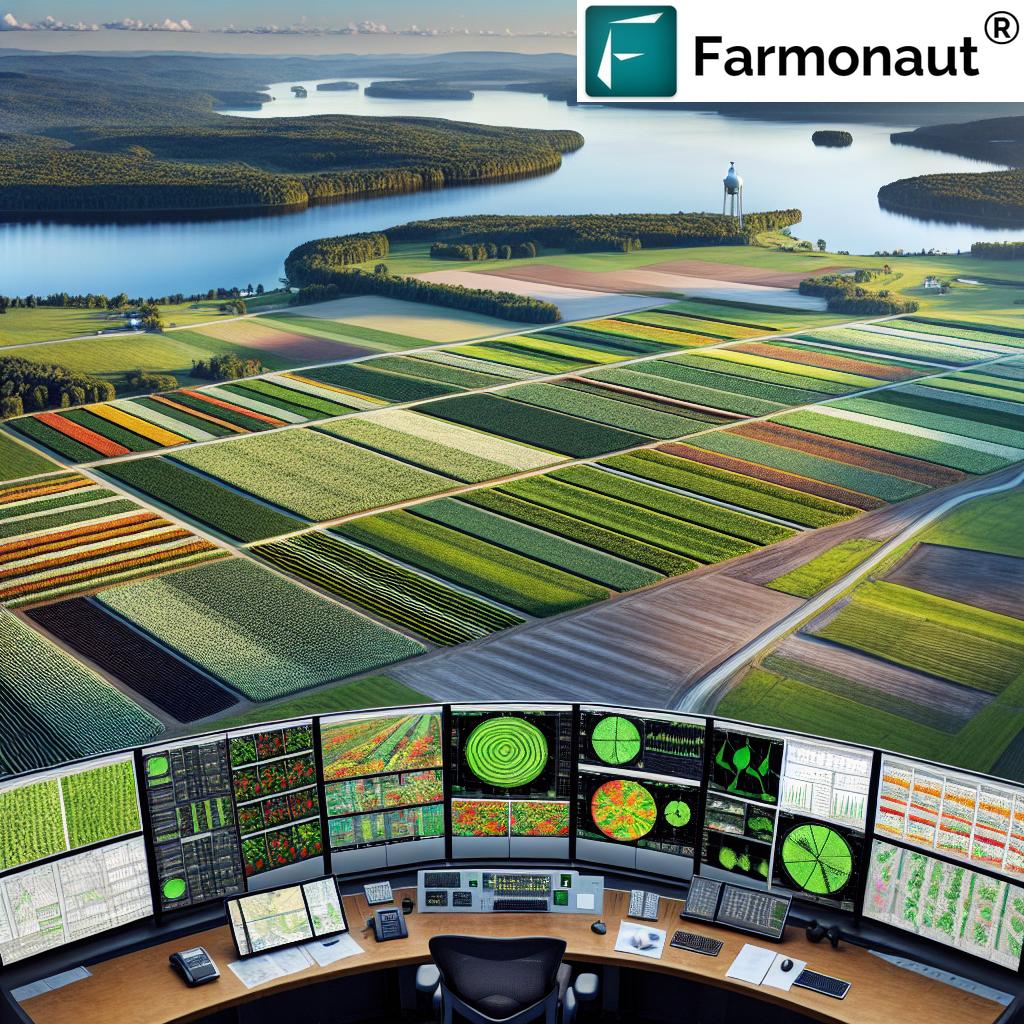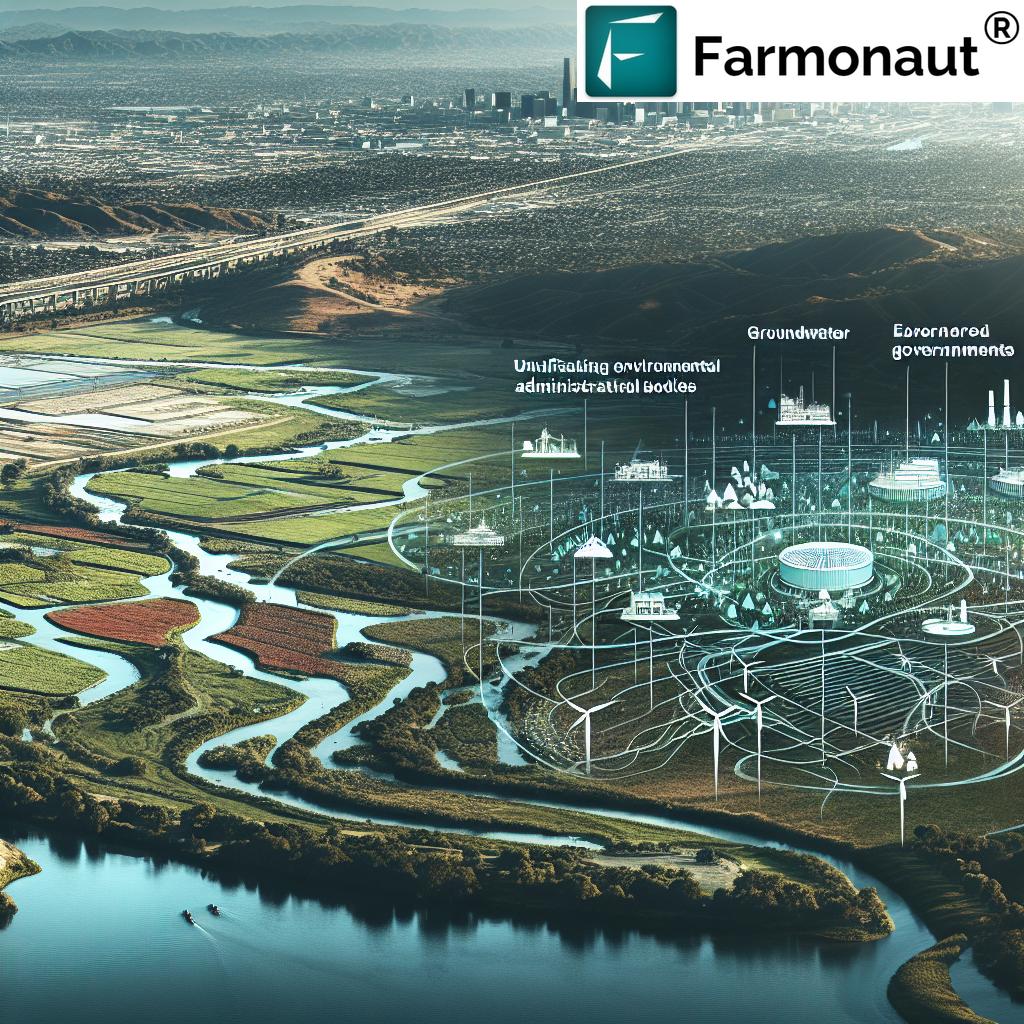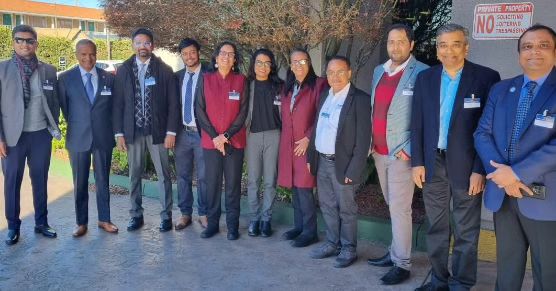Hawaii’s Overtourism Dilemma: Balancing Sustainability and Economic Dependence in Paradise
“Hawaii’s tourism industry accounts for 21% of the state’s economy, highlighting its significant economic dependence on visitors.”
Aloha! Welcome to our comprehensive exploration of Hawaii’s ongoing struggle with overtourism. As we dive into this complex issue, we’ll examine the delicate balance between economic prosperity and environmental preservation in one of the world’s most beloved travel destinations. Join us as we unravel the challenges, misconceptions, and potential solutions shaping the future of sustainable tourism in the Aloha State.
The Paradox of Paradise: Hawaii’s Tourism Dilemma
For decades, Hawaii has been synonymous with paradise – pristine beaches, lush landscapes, and a rich cultural heritage that draws millions of visitors annually. However, this allure has created a double-edged sword. While tourism remains the lifeblood of Hawaii’s economy, the sheer volume of visitors has begun to strain the islands’ delicate ecosystems and infrastructure.
We’ve witnessed firsthand how Hawaii has grappled with this issue, implementing various measures to curb overtourism. From raising fees and taxes to limiting vacation rentals, each new effort has been touted as the solution to balance tourism with sustainability. Yet, despite these attempts, visitor numbers continue to climb, and the same problems persist.
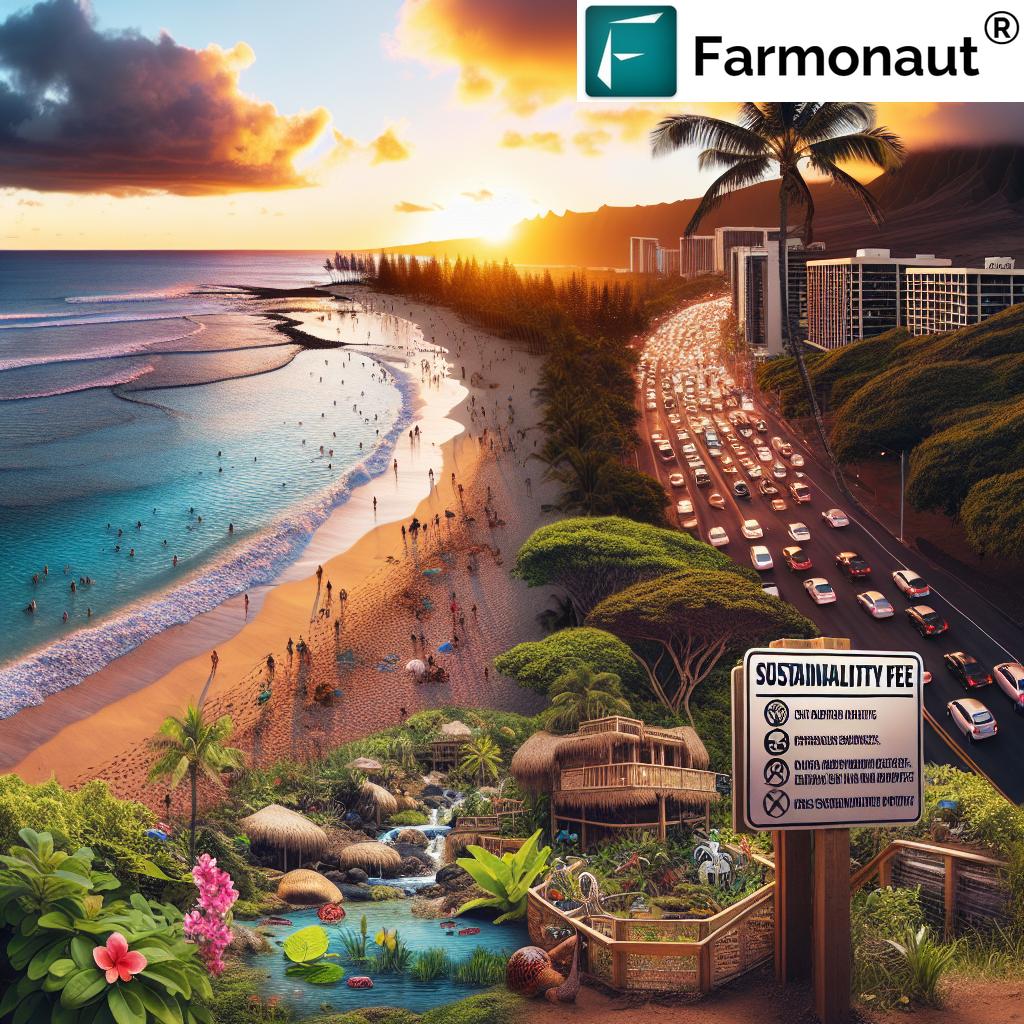
The Illusion of Control: Ineffective Measures and Rising Numbers
Hawaii’s lawmakers and tourism industry often promote solutions aimed at reducing visitor impact. These include:
- Higher taxes on vacation rentals and hotels
- Increased resort fees
- Environmental green fees
- Restrictions on short-term rentals
However, history shows that these measures do little to slow the tide of visitors. Take Maui’s attempt to limit vacation rentals, for example. Officials claimed that cutting back on short-term rentals would free up housing for residents, but even these efforts have done little to lower costs or stop rentals from operating. Instead, concerned visitors now compete for high-priced, limited hotel inventory, driving up nightly rates and creating even higher profits for that industry.
This scenario mirrors global destinations facing similar challenges. Venice implemented a small visitor fee, yet arrivals continue to rise. Amsterdam cracked down on rowdy tourist behavior, but its visitor economy remains robust. Hawaii follows a similar pattern – no matter the restrictions, the lure of paradise proves too strong to resist and too much for the government to control effectively.
The Numbers Game: Economic Dependency vs. Sustainability
Tourism is deeply embedded in Hawaii’s economy, accounting for nearly a quarter of the state’s GDP, and tangentially, even more. The industry is responsible for countless thousands of jobs, and efforts to reduce visitor numbers often face backlash from businesses and some in local government who are reliant on the revenue.
While Hawaii’s visitor numbers haven’t fully returned to pre-pandemic highs, the same patterns of overcrowding, environmental strain, and economic dependency remain. Even temporary dips in tourism haven’t led to lasting changes in managing the industry.
The contradiction is clear. Officials acknowledge the strain of overtourism on infrastructure, the environment, and residents, but the financial incentives to keep visitor numbers high outweigh the calls for limits. Even during the pandemic, when Hawaii’s visitor numbers temporarily dropped, the state, in its awkward way, still prioritized reopening tourism as quickly as possible to avoid financial doom.
The Social Media Effect: Viral Destinations and Overcrowding
“Social media-driven overtourism has led to a 30% increase in foot traffic at popular Hawaiian destinations over the past 5 years.”
Hawaii’s overtourism problem has been further fueled by social media. Scenic locations once quiet and relatively unknown have become overwhelmed by visitors eager to recreate the perfect Instagram moment. This phenomenon is not unique to Hawaii but has significantly impacted the state’s most picturesque spots.
One of the most well-documented examples is the Haiku Stairs, also known as the Stairway to Heaven. Despite being closed for decades due to safety concerns and private land issues, social media posts continue to lure trespassers who risk fines and injury for the chance to capture the famous view. Some stairs were dismantled in 2024, but a court order prevented more from being removed.
A similar situation unfolded at Kaniakapupu Ruins, the historic summer home of King Kamehameha III, which has been severely damaged by visitors ignoring closure signs after discovering the site online.
This trend extends beyond Hawaii’s shores. In Paris, tourists stage elaborate photoshoots inside historic sites, treating cultural landmarks as backdrops rather than places of significance and history. In Venice, city officials have struggled with the rise of short-term visitors who arrive for a few hours, snap photos, and leave without contributing much to the local economy until an entry fee was established for those without hotel reservations.
The Myth of Responsible Tourism: Marketing vs. Reality
Hawaii’s tourism industry frequently promotes messages about traveling responsibly, asking visitors to respect the land, culture, and residents. While many travelers try to follow these guidelines, the sheer volume of visitors makes any real impact challenging to measure.
The idea of sustainable tourism is often used as a marketing tool rather than an enforceable reality. Hotels claim eco-friendly practices while expanding operations and building towers. Airlines promote carbon offsets as rental car companies push electric vehicles. These efforts create the appearance of responsible tourism without necessarily addressing the underlying issue – Hawaii has more tourists than its infrastructure and environment can reasonably support. And that has been true for decades.
Even visitor education campaigns, encouraging tourists to behave more respectfully, fail to reach the core problem. It’s not about whether individuals pick up trash or avoid tromping on coral reefs. The issue is that the number of visitors itself is unsustainable.
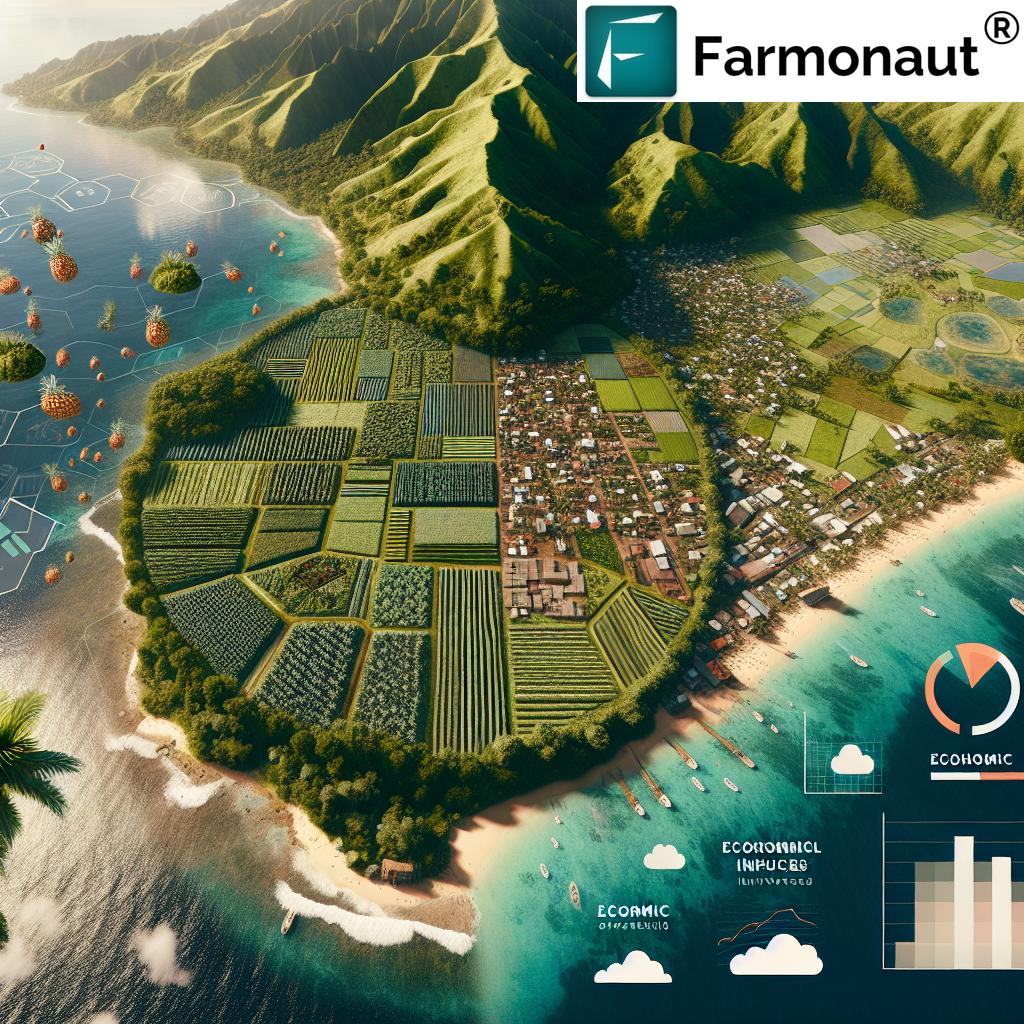
The Path Forward: Rethinking Hawaii’s Economic Future
If overtourism in Hawaii is inevitable, the question becomes not how to stop it but how to manage it in a way that minimizes harm. The state’s current approach of adding fees and restrictions without tackling the root causes has proven ineffective.
A shift in priorities is needed. Instead of increasing visitor spending, Hawaii could invest in policies that reduce tourism dependence. Supporting locally produced value-added products, including agriculture, diversifying the economy beyond travel and hospitality, and creating incentives for non-tourism industries could help break the cycle.
Without a fundamental shift, however, Hawaii’s tourism industry will continue operating as it always has – prioritizing growth over sustainability and reacting to problems rather than preventing them. Until then, overtourism will remain a permanent reality in Hawaii’s ecosystem.
Diversification: Learning from the Past, Planning for the Future
Hawaii’s economic history clearly warns about relying on industries lacking a value-added component. Sugar and pineapple once dominated the islands, but these industries ultimately collapsed because they were based on exporting raw, unprocessed goods rather than creating finished high-value products. This left them vulnerable to global competition. As production costs in Hawaii rose, cheaper alternatives from Asia and Latin America took over, making local operations unsustainable.
Tourism has replaced plantations as Hawaii’s dominant economic driver but carries similar risks. As sugar and pineapple were at the mercy of international markets, tourism depends on global travel demand and economic conditions. The pandemic and the Lahaina fire were stark reminders of this fragility – visitor numbers plummeted overnight, and with no alternative industries in place, the state faced immediate economic crises.
Potential Alternatives: Tech, Agriculture, and Beyond
While Hawaii has long talked about diversifying its economy, progress has been slow. State agencies tasked with economic development, including the Hawaii Technology Development Corporation and the Creative Industries Division, under The Department of Business, Economic Development & Tourism, only a fraction of the funds that tourism gets.
Technology and remote work are often pitched as solutions. Still, Hawaii’s high cost of living, lower-than-mainland salaries, and challenging time zone make attracting or retaining talent in these fields difficult. Expanding coding education in schools could build a stronger tech workforce, but that’s a long-term solution with no guarantees.
Agriculture is often cited as an alternative to tourism, but large-scale farming won’t work unless paired with value-added processing. Simply growing coffee or macadamia nuts isn’t enough – Hawaii must brand and process these products locally to command premium prices rather than sending raw goods elsewhere for packaging. Sustainable aquaculture could also play a role, with Hawaii-grown seafood sold directly to high-end markets rather than relying on distributors.
Beyond that, Hawaii has repeatedly resisted industries that could generate new revenue. Large-scale renewable energy projects like geothermal and offshore wind have faced opposition, while scientific initiatives like the Thirty Meter Telescope remain stalled. Even cannabis, which has the potential to be a significant industry, faces regulatory challenges. Diversification will remain a distant goal without a shift in public attitudes and government support for new industries.
The Role of Technology in Sustainable Tourism
As we explore solutions to Hawaii’s overtourism dilemma, it’s crucial to consider the role of technology in promoting sustainable practices. While not directly related to tourism, innovations in agricultural technology could offer valuable insights for managing resources more efficiently across various sectors, including tourism.
For instance, companies like Farmonaut are revolutionizing agriculture through satellite-based farm management solutions. While their primary focus is on farming, the principles of resource management and sustainability they promote could be adapted to address some of Hawaii’s tourism-related challenges.
Farmonaut’s use of satellite imagery and AI to monitor crop health and optimize resource usage could inspire similar applications in tourism management. Imagine a system that uses real-time data to monitor visitor flows, environmental impact, and resource consumption at popular tourist sites. This could help authorities make informed decisions about capacity limits and resource allocation, balancing visitor experience with environmental preservation.
Additionally, the concept of AI-driven advisory systems, like Farmonaut’s Jeevn AI, could be adapted to create personalized, sustainable tourism experiences. Such a system could guide visitors towards less crowded attractions or suggest eco-friendly activities based on real-time data, helping to distribute tourist impact more evenly across the islands.
The Future of Sustainable Tourism in Hawaii
As we look to the future, it’s clear that Hawaii’s best chance at reducing its dependence on tourism may lie in industries that don’t rely on physical exports – such as biotech, medical research, and digital services. However, these require significant investment in education and infrastructure that currently don’t exist.
In the meantime, the tourism industry must evolve. This could involve:
- Implementing dynamic pricing models for attractions based on real-time visitor data
- Developing eco-tourism initiatives that prioritize conservation and cultural preservation
- Investing in green technologies to reduce the environmental impact of hotels and resorts
- Creating educational programs that foster a deeper understanding and respect for Hawaii’s natural and cultural heritage among visitors
Without meaningful action, Hawaii risks repeating history, remaining locked into a cycle of economic vulnerability where tourism is the only safety net, even when that net is full of holes.
Comparative Analysis: Tourism Impact in Hawaii
| Impact Category | Pre-2020 Era | Current Situation | Sustainable Target |
|---|---|---|---|
| Annual Visitor Numbers | 10.4 million (2019) | 9.2 million (2023 est.) | 8 million |
| Average Daily Visitor Spending | $201 | $225 | $275 |
| Environmental Impact Score (0-100) | 75 (High Impact) | 70 | 50 (Moderate Impact) |
| Local Employment in Tourism (%) | 32% | 28% | 20% |
| Economic Diversification Index (0-100) | 30 | 35 | 60 |
Conclusion: A Balanced Approach to Paradise
Hawaii’s struggle with overtourism is a complex issue that requires a multifaceted approach. While the islands’ natural beauty and cultural richness will always attract visitors, it’s crucial to find a balance that preserves these treasures for future generations.
As we’ve explored, simply implementing fees or restrictions isn’t enough. Real change will require a fundamental shift in how we approach tourism, economic development, and sustainability. By diversifying the economy, embracing innovative technologies, and prioritizing long-term sustainability over short-term gains, Hawaii can chart a new course.
The path forward isn’t easy, but it’s necessary. By working together – residents, government officials, businesses, and visitors alike – we can ensure that Hawaii remains a paradise not just for tourists, but for those who call these islands home.
FAQ: Hawaii’s Overtourism and Sustainable Future
Q: What is overtourism, and why is it a problem in Hawaii?
A: Overtourism occurs when a destination receives more visitors than it can sustainably accommodate. In Hawaii, this leads to environmental degradation, strain on infrastructure, and cultural erosion, threatening the very qualities that make the islands attractive to visitors.
Q: How does tourism impact Hawaii’s economy?
A: Tourism accounts for about 21% of Hawaii’s GDP and is responsible for a significant portion of employment. However, this economic dependence makes the state vulnerable to global travel trends and crises.
Q: What measures has Hawaii taken to address overtourism?
A: Hawaii has implemented various measures, including increased fees for tourists, restrictions on vacation rentals, and educational campaigns. However, these efforts have had limited success in curbing visitor numbers or mitigating impacts.
Q: How can technology contribute to sustainable tourism in Hawaii?
A: Technology can play a crucial role through real-time monitoring of visitor flows, AI-driven resource management, and personalized eco-friendly travel recommendations. These innovations could help balance visitor experiences with environmental preservation.
Q: What alternatives to tourism are being considered for Hawaii’s economic diversification?
A: Potential alternatives include technology and remote work industries, value-added agriculture and aquaculture, renewable energy projects, and biotech and medical research. However, these require significant investment and policy support to become viable alternatives.
Earn With Farmonaut: Affiliate Program
Earn 20% recurring commission with Farmonaut’s affiliate program by sharing your promo code and helping farmers save 10%. Onboard 10 Elite farmers monthly to earn a minimum of $148,000 annually—start now and grow your income!
For more information on Farmonaut’s agricultural technology solutions, visit our API page or check out our API Developer Docs.







